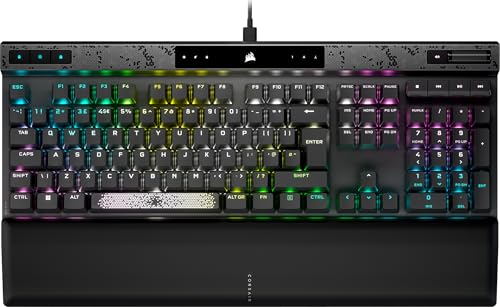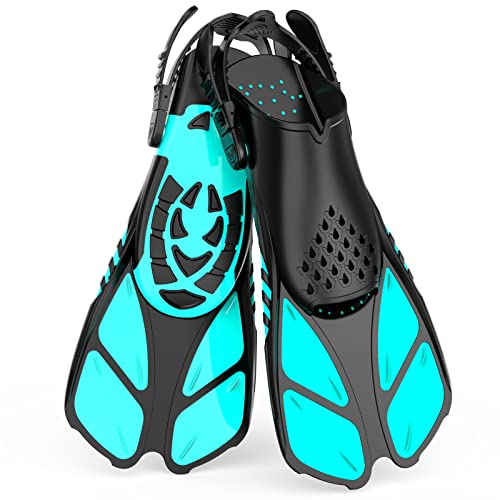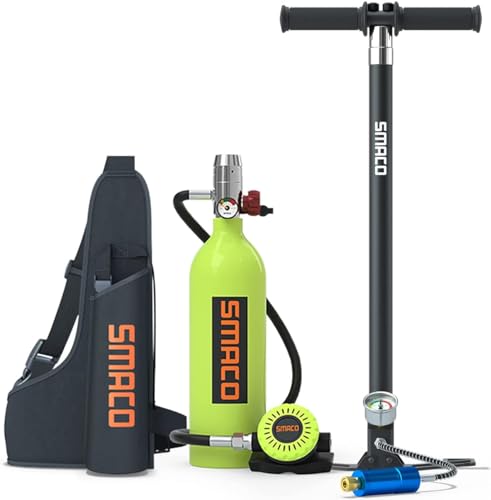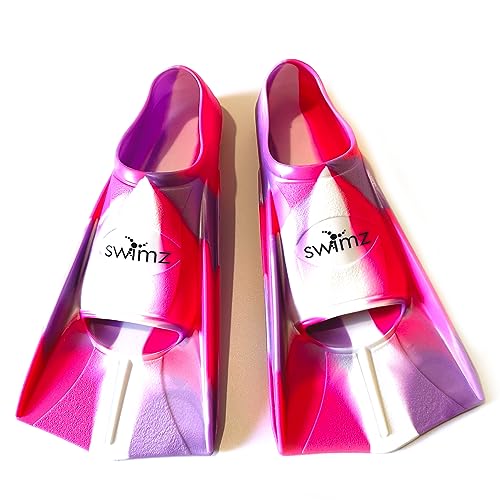Understanding Mechanical Keyboards: What Sets Them Apart
What is a Mechanical Keyboard?
When we talk about mechanical keyboards, we’re referring to a specific type of keyboard that uses mechanical switches for each key, as opposed to the rubber dome switches found in most standard keyboards. This means that under each keycap, there’s a mechanical switch that provides tactile feedback when pressed, making typing feel more responsive and satisfying. If you’ve ever noticed a clunky or spongy feel to your typing experience, a mechanical keyboard is likely to give you a markedly different sensation, enhancing your overall comfort during long typing sessions.
Benefits of Mechanical Keyboards
Mechanical keyboards offer several advantages compared to traditional models. One of the standout features is their durability—many mechanical switches can withstand tens of millions of keystrokes, far outlasting other types of keyboards. This durability comes with an enhanced typing experience as well; the precise actuation points of mechanical switches mean they register inputs more quickly and accurately. Gamers often prefer these keyboards for their responsiveness, while writers appreciate the comfortable and tactile feel.
Key Features to Consider When Choosing a Mechanical Keyboard
Switch Types: Picking the Right Feel
One of the first things we should consider is the type of switch used in a mechanical keyboard. There are primarily three categories: tactile, linear, and clicky. Tactile switches provide a noticeable bump when activated, which can be great for typists who want feedback. Linear switches, on the other hand, offer a smooth press without any bumps, making them popular among gamers. Clicky switches combine both tactile feedback and an audible click, giving a classic typing experience—this feature adds a satisfying noise that many fondly recall.
Size Matters: Full-size, Tenkeyless, and Compact
The size of the keyboard is another critical aspect to consider. A full-size keyboard includes a number pad and all function keys, which can be beneficial for data entry or accounting tasks. Tenkeyless models omit the number pad, offering more desk space, which is great for portability or when you’re looking to keep your workspace streamlined. Compact keyboards, typically 60% or 75% layouts, remove function keys and other keys to be even smaller; they allow for efficient use of space and are often lightweight, making them ideal for frequent travellers.
Backlighting Options for Functionality and Aesthetics
Backlighting is also an exciting feature to think about. Many mechanical keyboards offer RGB lighting options that allow you to customise colours for different keys or even create patterns. This isn’t just for aesthetics; backlit keyboards can be incredibly useful if you often type in low-light conditions or want to game at night without turning on the lights. The ability to adjust brightness and colour settings can add a personal touch to your gaming setup or workspace.
Best Mechanical Keyboards for Different Users: A Tailored Approach
For Casual Typists
If you’re a casual user who primarily types emails or documents, consider a keyboard with tactile or silent switches. A model like the one equipped with Cherry MX Brown switches provides a pleasant typing experience without too much noise, offering both comfort and functionality.
For Gamers
For gaming, we might recommend a keyboard with rapid-actuation switches, such as Cherry MX Red or Speed. This type of switch allows for quicker input, which can be crucial during fast-paced gaming sessions. A backlit model can enhance the look as well as visibility in dim environments.
For Creative Professionals
Creative professionals, like graphic designers or video editors, may prefer a tenkeyless or compact keyboard; it allows more mouse space which can be beneficial during long hours of work. Additionally, switches that provide a balance between tactile feedback and smooth key presses can enhance your productivity.
How to Maintain Your Mechanical Keyboard for Longevity
Regular Cleaning
To ensure our mechanical keyboard remains in top condition, regular cleaning is essential. Dust and crumbs can accumulate between the keys, affecting performance and hygiene. For a quick clean, we can gently pull off each keycap using a keycap puller, if available. A soft brush or a can of compressed air can then be used to clean underneath the keys. For a deeper clean, washing the keycaps in soapy water and drying them thoroughly can help spruces things up.
Avoiding Liquid Spills
If we’re enjoying a drink while typing, placing a spill-proof cover over the keyboard is a wise precaution. Even the best mechanical keyboards aren’t designed to withstand liquid damage, so considering measures to protect against spills will save us from potential heartbreak later on.
Personalising Your Mechanical Keyboard: Custom Keycaps and Switches
Custom Keycaps for Style
One of the most exciting aspects of owning a mechanical keyboard is the ability to customise it to our own personal taste. Changing keycaps can dramatically alter the look and feel of the keyboard. Whether we opt for colourful sets, retro designs, or themed keycaps that resonate with our favourite games, the personalisation options are vast. Just be sure that the keycap size and stem type is compatible with our switches.
Switch Customisation for a Unique Experience
For those who want to go a step further, switch customisation can be an option. This can mean swapping out the default switches for a completely different type based on our preferences for feel and sound. Many enthusiasts enjoy swapping switches as part of the personalisation process, tailoring their keyboard experience even more closely to their own typing or gaming style.


































